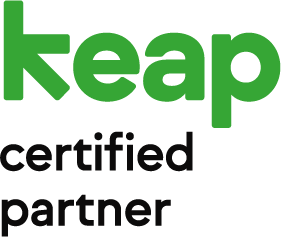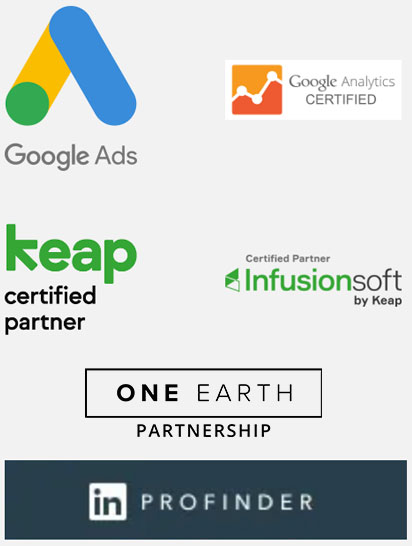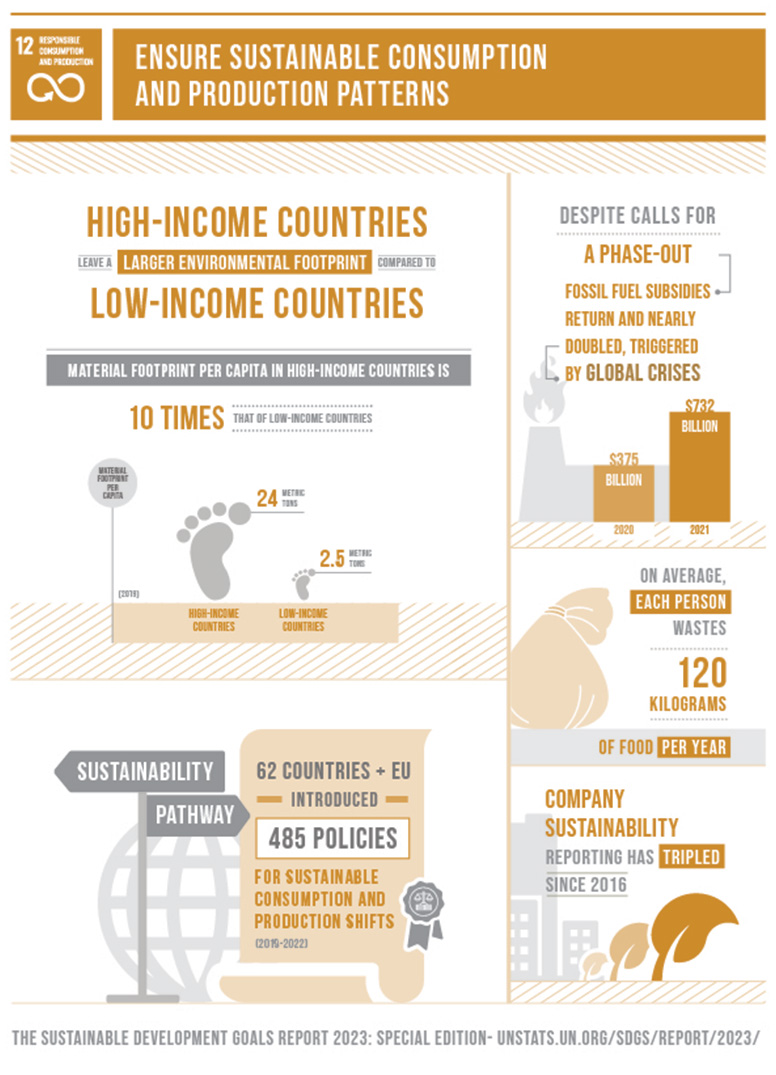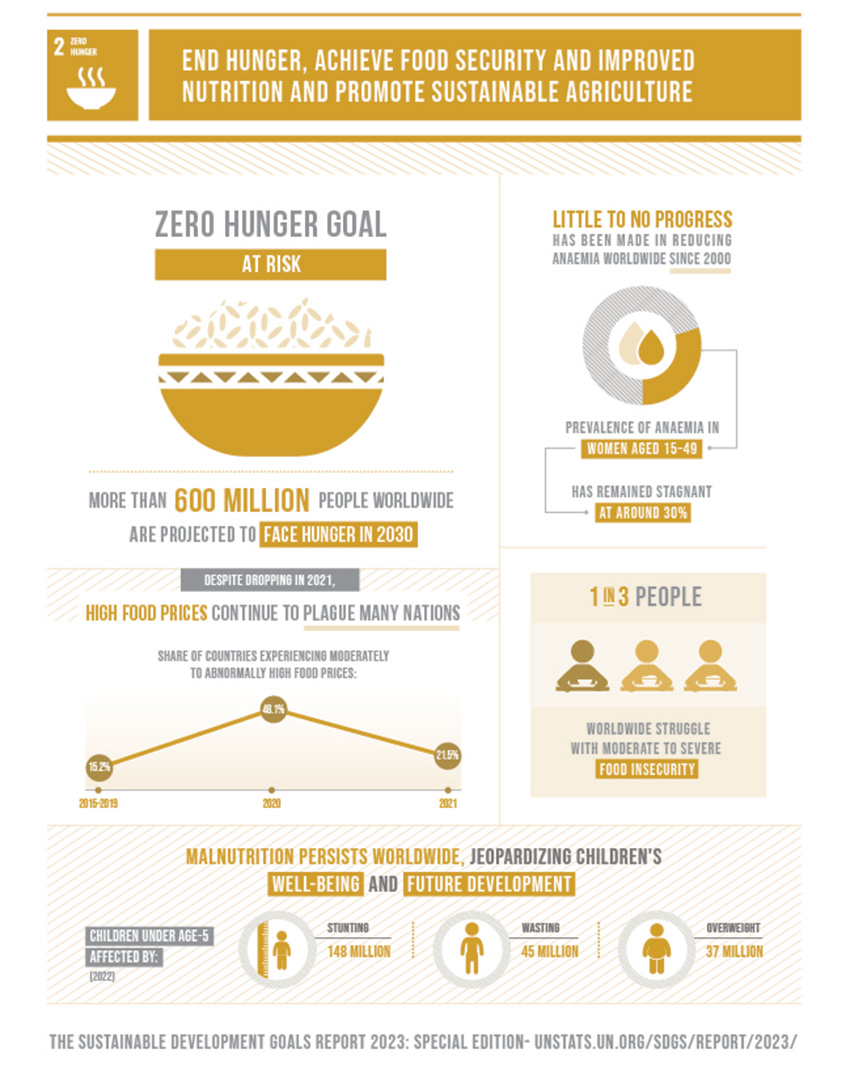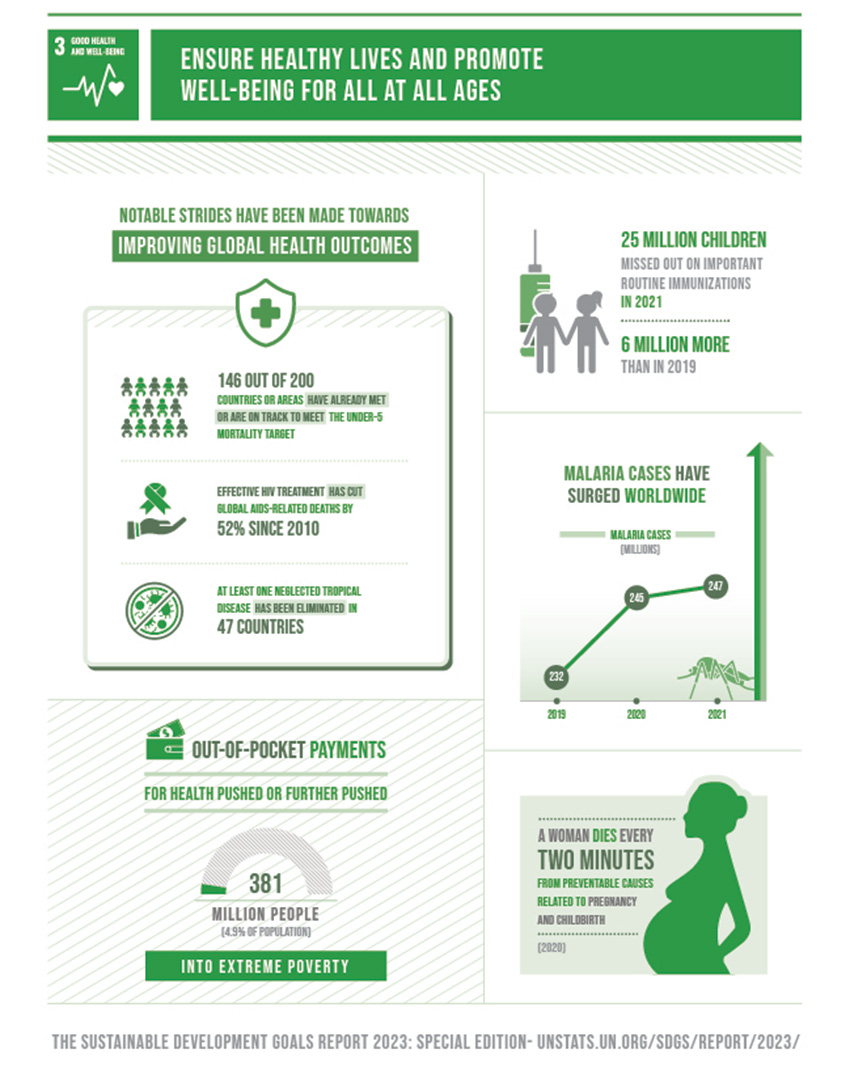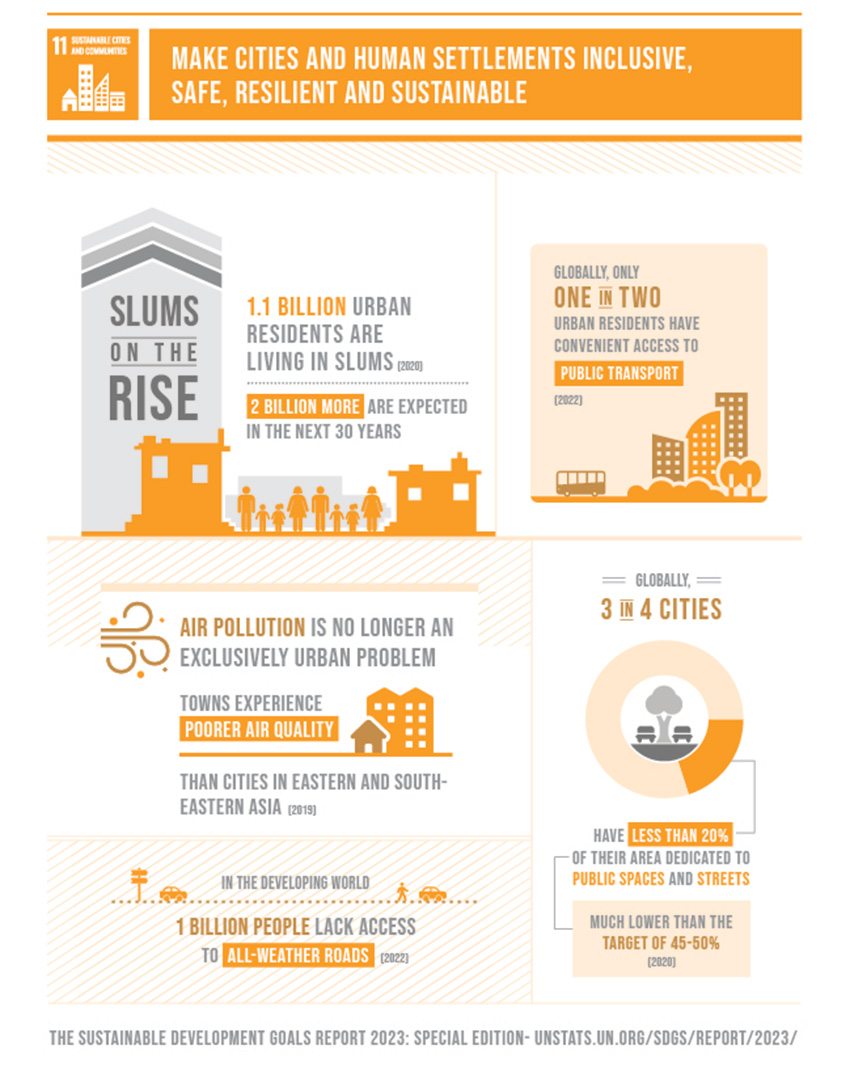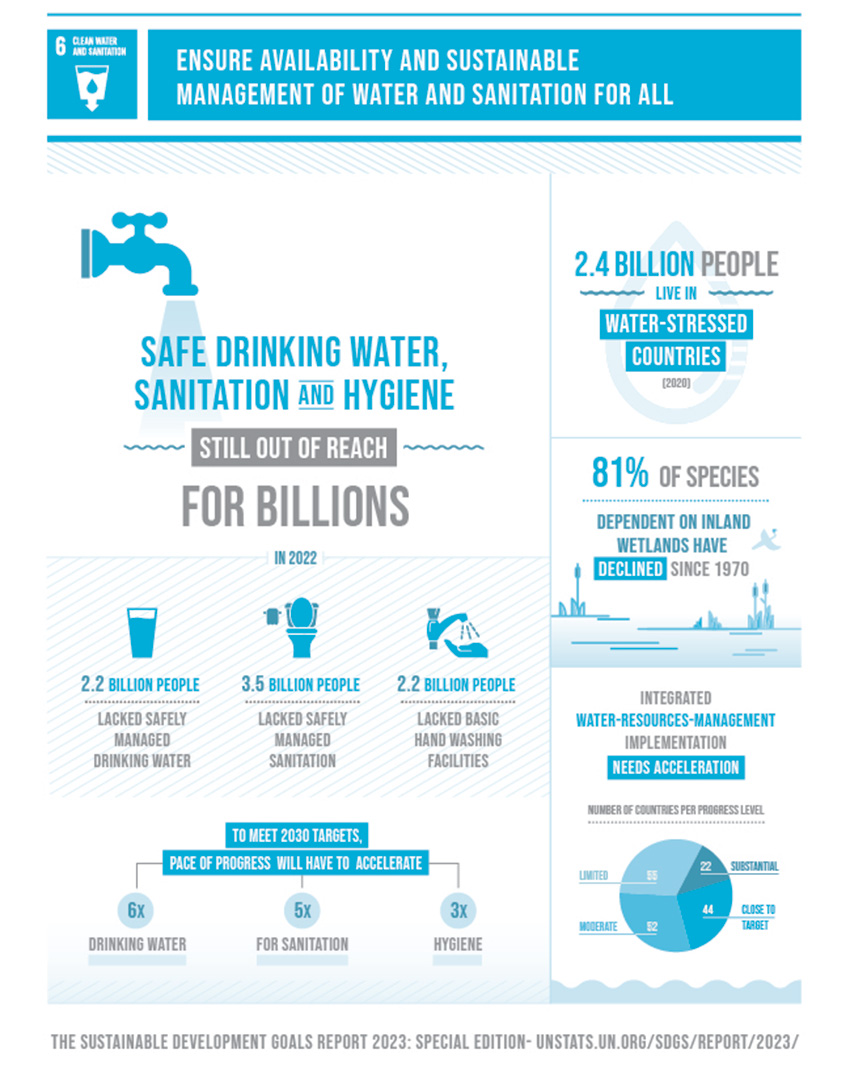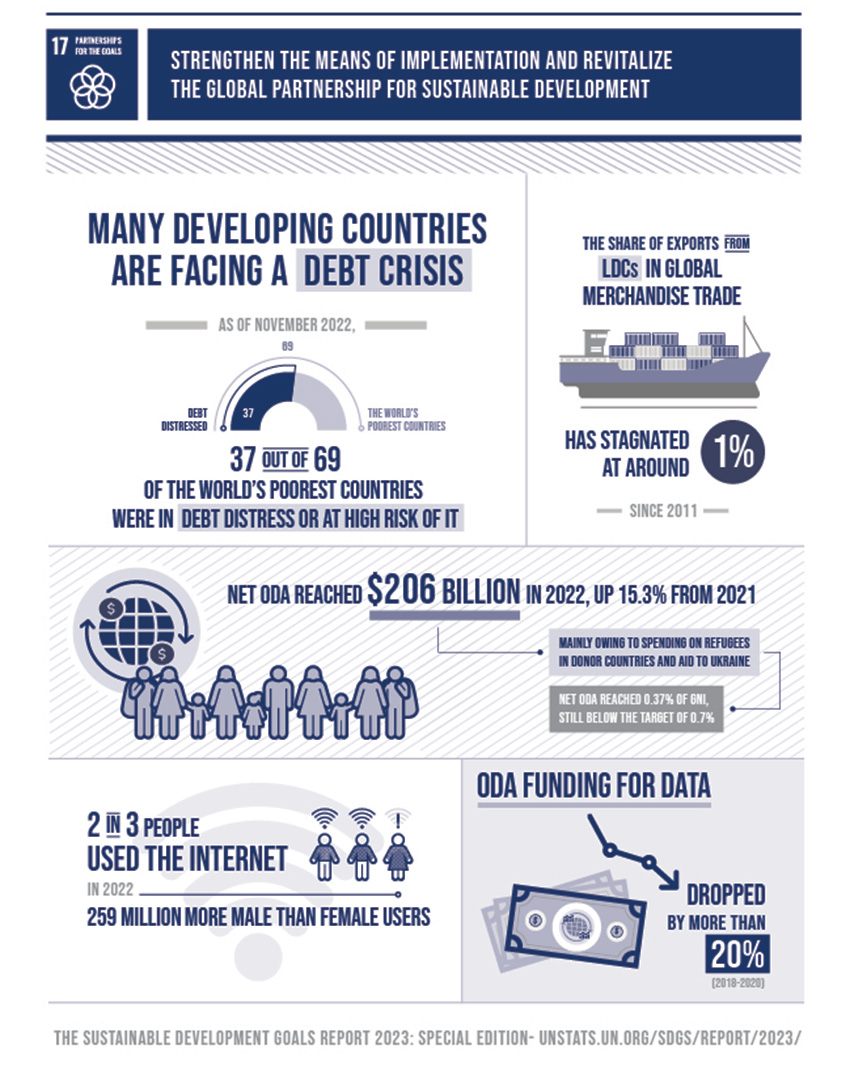

Did this cute kitten grab your attention?
First impressions matter. Your website is no different. It doesn’t take long for a visitor to make a judgement on the value of your website. If the first thing they see doesn’t spark their interest, they may leave before discovering what you can really do.
According to recent statistics, it takes about 50 milliseconds (that’s 0.05 seconds) for users to form an opinion about your brand website that determines whether they’ll stay or bounce. Compelling website development is often an overlooked asset among small-business owners. While having a website alone bids great benefits to your brand, it’s equally important for your website to be optimized. If your website isn’t well-designed, regardless of your industry, you’re losing leads. If you want to decrease your website’s bounce rate and increase user friendliness, keep reading for the 5 essential elements that are present in every well-designed brand website.
1. Brand
Marketing your business always starts with developing a strong brand. Before you invest in website development, you have to make sure your brand is being reflected. Having a branded website means having consistency in the imagery, the font, the voice, and the messaging. When every part of your website development is on brand, your message will resonate louder and reach a wider audience. Everything you do is about engaging your audience to attract more leads, build trust, and convert them to loyal customers.
This is why we often recommend our clients to undergo a certain level of brand discovery before beginning any other projects. If there is no foundation for those projects to stand on, then all you’re getting is pretty design and content with no guarantee that it’s what your audience will respond to.
2. User Engagement
One of the most important elements of web development is engaging users when they come to your website and making it as easy as possible for them to do what you want them to do. Think about it: if you are a retailer, your prime goal is to sell products, so it’s important for you to make it convenient and attractive for a visitor to buy from you. In fact, a call to action should be one of the first things they see when landing on the site.
With attention spans getting more and more selective, it’s important to capture visitors’ attention early. Try to use high-quality content, attractive presentation, and easy to use website performance to move them through the conversion funnel.
A successful user engagement strategy identifies what you want website visitors to DO on your website, what they come looking for, and what questions they might have. Your strategy should be referenced when making all development decisions including design, architecture, graphics, content and more.
3. User Experience
Attracting visitors to your website is only half the battle. Now you have to keep them there long enough for them to take an action that helps your business. Your enemy’s name is “bounce rate”. Here’s how you beat it.
As we discussed in the previous section, you want to make valuable content easily available to your visitors. If you’ve identified what information or content they’ve come to your brand’s website for – give it to them! The #1 reason a website visitor bounces is they think your site isn’t relevant to what they were after. It may be that you have the right content, but it’s too hard to find. Your potential visitor gave up and sought that content elsewhere.
The most effective user experience (UX) designs focus on simplicity, well organized content, and MOBILE OPTIMIZATION. We cannot stress this enough. You know everyone uses their phones these days. If you aren’t keeping that in mind during website development, you’re only setting your brand up for failure by ignoring half your audience.
4. Information Architecture
Information Architecture (IA) is about organizing, structuring, and labeling content in order of importance. The goal is to help users find information and complete tasks. To do this, you need to understand how the pieces fit together to create the larger picture, and how items relate to each other within the system.
Implement best practices for website architecture. This includes rapid classification design, architecture familiarity, metadata, and navigation simplicity can build trust, position you as the leader in your industry, and convert leads.
As web design evolves, trends are steering toward a minimalist approach. Visitors crave speed, convenience, and clarity. While the digital age has made your organization more accessible than ever, it has also made your website’s “elevator pitch” that much more important. To maximize successful outcomes, your content should contain concise messaging that supports – rather than undermines – whatever action you want visitors to take.
5. Search Engine Optimization (SEO)
For a website to be successful, it must be found. A website can be beautifully designed, with excellent content, but won’t help a business succeed if no one ever sees it. While the first step is to create and launch the website, the next focus is optimizing for online search.
SEO is a methodology of strategies, techniques, and tactics that increase the number of visitors to a website by obtaining a high-ranking placement on the search results pages most relevant to the business — including Google, Bing, Yahoo, and others. At its core, SEO affects the visibility of a website specifically in a search engine’s unpaid results – referred to as “natural” or “organic” results.
Effective SEO requires careful strategy. This includes analysis of online search patterns and behavior as well as ongoing refinement. As time goes by, you’ll need to review analytic data and search statistics to further refine your SEO strategy and ensure people are finding your site as needed.
You’ve nailed running your small business but running a successful website for that business can be a completely different beast to tackle. We hope these tips helped you get closer to reaching your goals, and if you’re looking for further guidance with your branding or web development from a driven team of marketing experts, contact us here. We’ll be happy to help.










